
Recently, handmade garments, creative repair, and innovation have acquired appeal in the fashion market nationally and internationally. Many of these clothes are the result of incredibly intriguing processes. Still, today we will focus on those procedures that immerse fashion in a world of color and textures, using handcrafted skills to the most cutting-edge revolutionary mechanisms, do you know what I mean? Indeed! To prints and patterns.
Stamping is a technique through which we can obtain a design, whether flat or with a certain relief and texture. To do this, some of the techniques currently used most in the fashion industry are transfer, sublimation, screen printing, and digital printing, among others you may have heard of.
However, some of these techniques have become a bit obsolete, and can even be extremely polluting when used on a massive scale. Textile production, through dyes and printing finishing products, is responsible for approximately 20 % of global drinking water contamination.
This is why designers, artisans, and consumers are opting for new printing options, or even reviving old techniques that can be used and have a much greater historical and emotional value! Let’s review some of our options for conscious craftsmanship and innovation in prints and patterns!
Made by nature
Creating decorative patterns and prints for our garments does not always require complicated machinery, we can create true works of art that capture the beauty of nature even from our own home.
Instead of using chemical inks, we can opt for natural and sustainable printing solutions that are aimed at environmentally conscious consumers. In this way, these techniques will gain popularity and the conscious market will also become more extensive.
As the fashion industry moves towards a circular economy, biodegradable and environmentally friendly printing alternatives such as inks created from botanical and food dyes and pressed botanical and floral prints for floral designs are a respite for the fashion industry.
Sages Studio, for example, ensures that all textile inks and fixing materials are non-toxic and biodegradable to minimize environmental impact. But there are many other brands in the fashion market that are worth knowing, so take a look at:
- Kokūn, a brand founded on nature, with an exceptional philosophy and vision of fashion, involves sustainable materials and botanical prints in all its pieces.
- Desmond & Dempsey who create mud-based prints! Who would think that these luxurious pajamas are made from such everyday materials?
- Dutch brand Hul de Kes creates organic printed shapes from long-lasting oxidized dyes.
I find it extremely creative that these companies make dyes for printing and dyeing by extracting color from food waste, such as onion, blackberries, coffee, sunflower seeds, and eggplant, among others, using a circular process.
The best thing about all of this, though, is that we can do a lot of it at home. Take botanical printing, for instance, which is a great method for creating one-of-a-kind prints by printing leaves, flowers, fruits, and kitchen scraps on fabric. This technique uses the natural pigments in the materials to create distinctive prints that are impossible to replicate. It has the charm that when you find the print, it’s a wonderful surprise because it’s a beautiful but unpredictable technique.
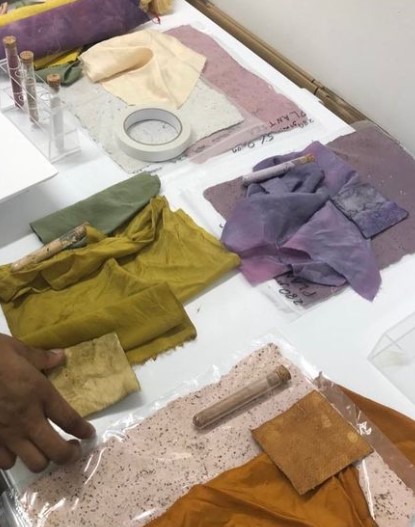
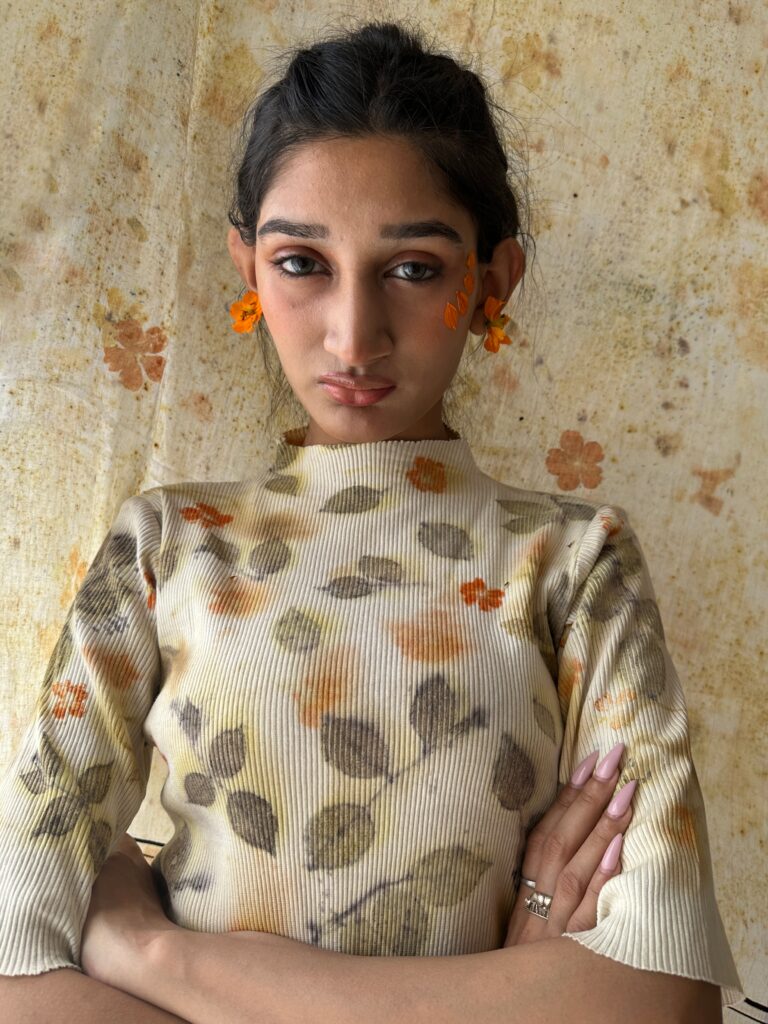
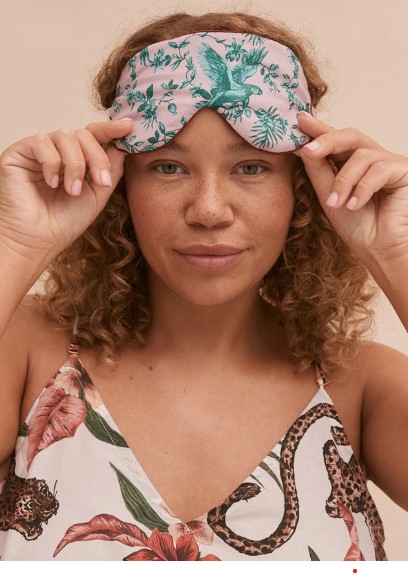
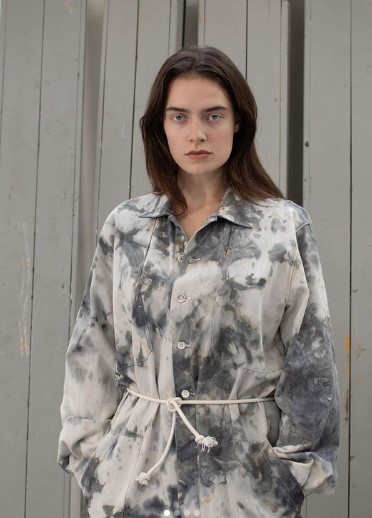
Sewing
Has it happened to you that you have a piece of clothing that you really love, that you really like, or that it has a special meaning for you? What happens when this garment starts to tear and wear out? You don’t need to throw it away! Just add a creative touch to the repair and your garment will look beautiful and original.
Fun patches and artistic embroidery add a more personalized touch.
Uniqlo, for example, has new workshop initiatives to repair, reuse, and recycle clothing, as well as various events to use patchwork as a cute method of repairing clothing, and the British brand Wawwa provides needle and thread to personalize some of its collections.
In terms of sustainability, the modification of garments at home, and the involvement of companies in new initiatives, such as creating ready-to-use repair kits with basic tools and fabric scraps. They make fashion much more accessible for everyone and ecological for the planet.

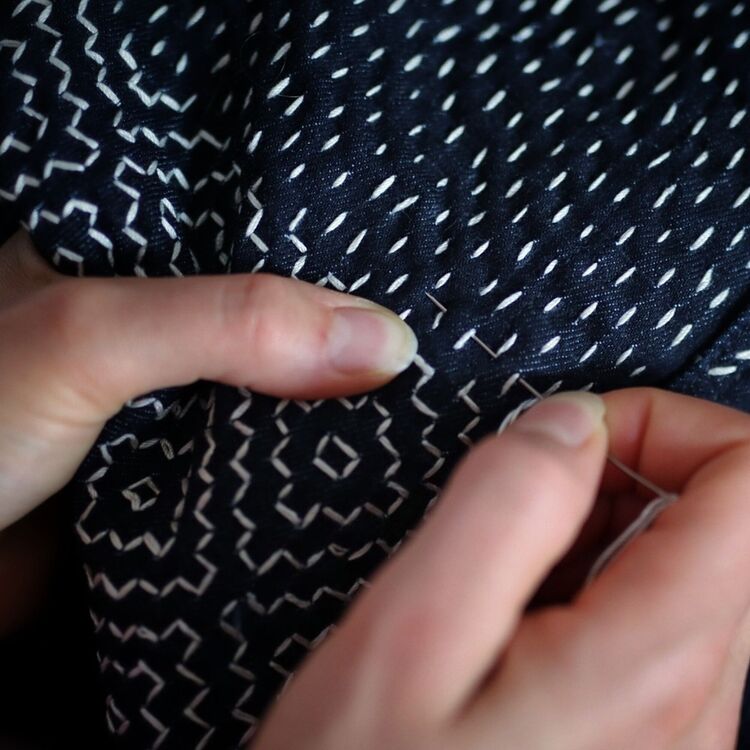
Art Patches
Let’s talk specifically about patches as a flexible and profitable alternative to give a creative touch to our garments. Patches are perfect for giving sophisticated, urban, fun, modern touches, no matter what your style is, these pieces will always enhance the basics.
You can use scraps of fabric that you have at home or clothes that you no longer use to exploit your creativity. In addition, this is much more sustainable than printing on the garment, sublimating, using screen printing or laser printing and a great plus is that if you are worried about your budget, this alternative is the one to take care of your pocket. Some brands are setting an example for us with this technique:
Kanikagoyallabel, a brand that celebrates a non-traditionalist point of view, uses patches as a way to deconstruct the rigid perception of tailoring and gender stereotypes. They combine elevated construction with elements that authentically define the “now” and use humor as a vehicle to communicate values and ideas.
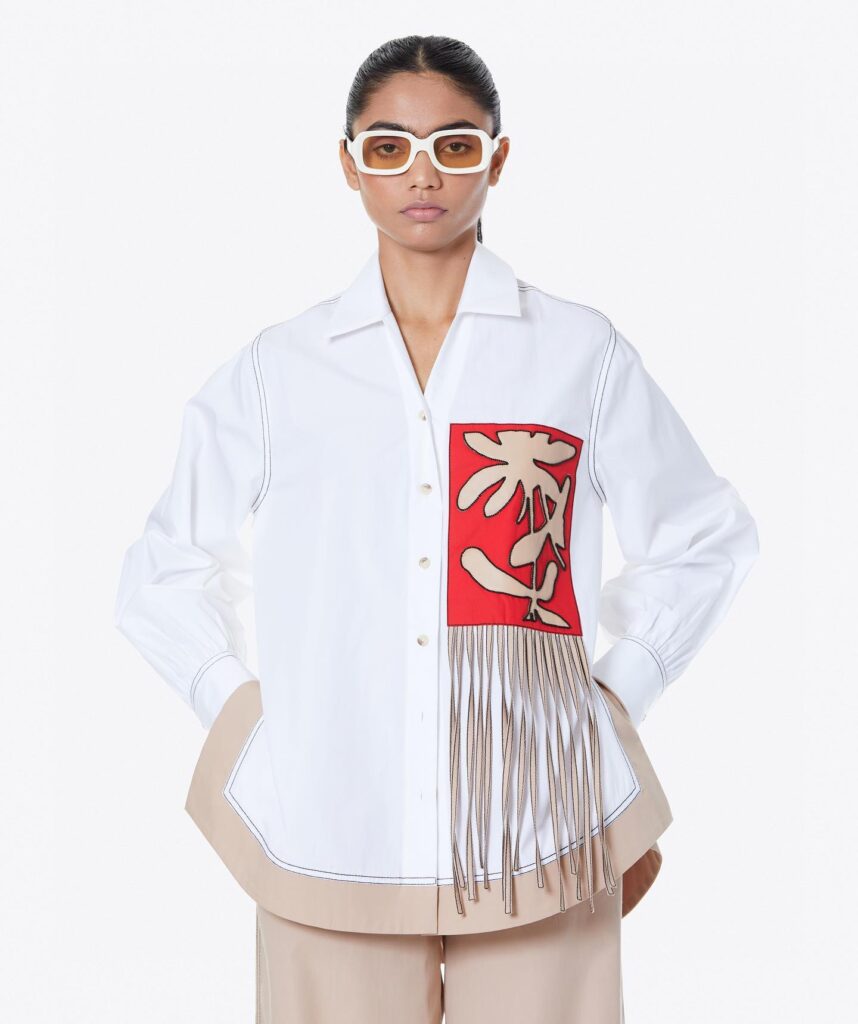
Svitlo is a Ukrainian brand whose mission is to carry history through generations, using traditional embroidery and patchwork fabric. They also use old patterns from family heirlooms, ancient sewing techniques, and rare embroidery motifs from the most picturesque areas of Ukraine. Combining modern ecological materials and comfortable cuts. This brand is not a tribute to fashion for popular reasons but rather a link between generations.
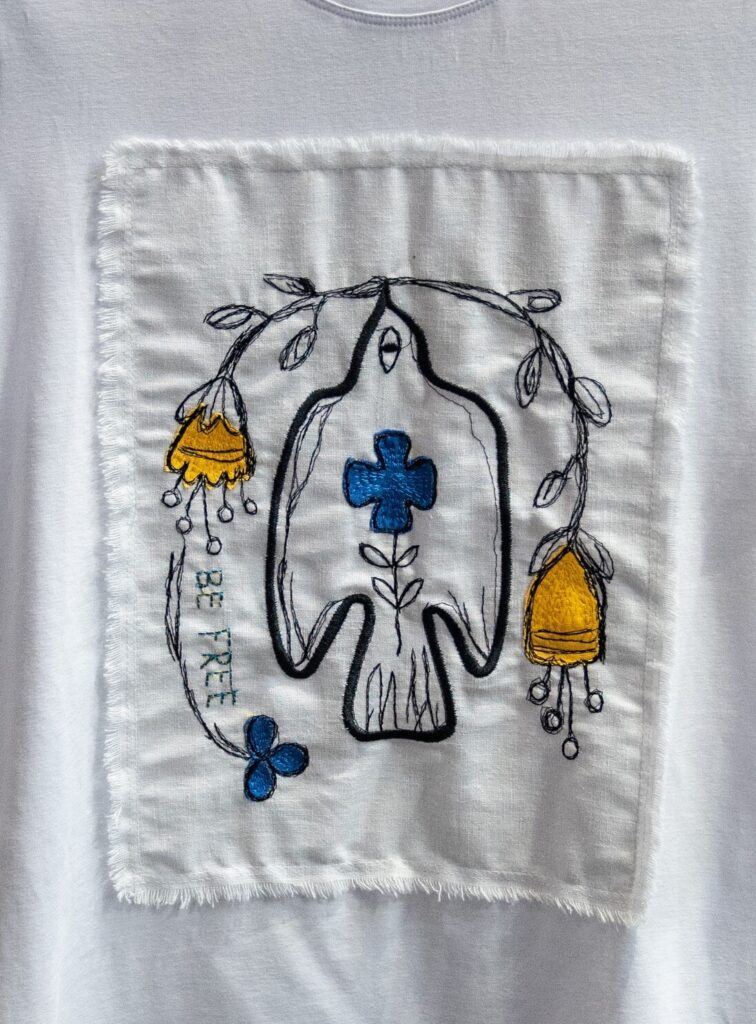
Japanese brand Minä Perhonen offers surplus packs for sale to encourage zero waste creation
I think that the ideas of these types of brands are something worth admiring and that you fashionista can take up and apply to your looks and your way of consuming fashion. These types of decorations that create a tactile effect are a key point for all of us who seek circular and sustainable fashion and have a great interest in the approach of “using everything” and taking advantage of existing resources instead of producing more.
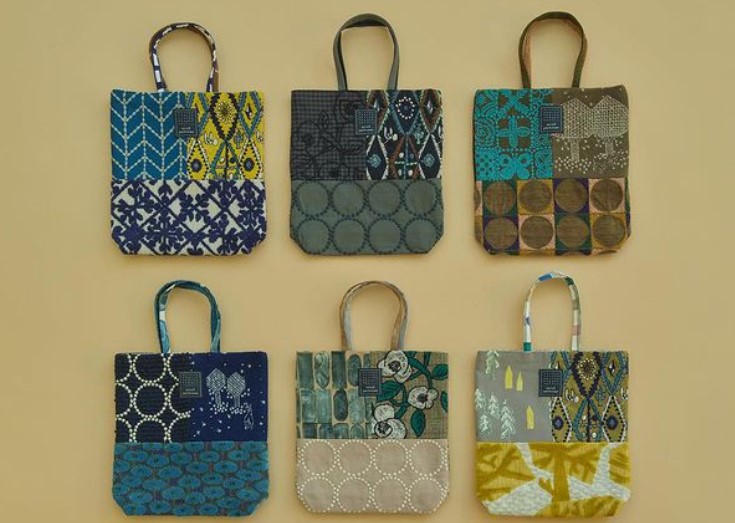
CROCHET
This technique has inspired many of this year’s big catwalks and is considered the latest return to slow, handmade fashion, so with crochet featured in so many catwalk collections, it’s official: the days when crochet was labeled as “old-fashioned”, “twee” or unfairly associated with anything “granny” are over. Now it represents chic, classic, and sexy.
Whether in floral, youthful, childish, or more sophisticated graphics, crochet is a potentially more sustainable option, amid a growing interest in craft and sensory experience. This is created using a hook to intertwine loops of yarn, being the more sustainable threads, wool, silk, recycled, organic cotton, or tencel.
But be mindful! There are a lot of fast-fashion pages, mostly online, that sell crocheted items that are not ethically produced. If you find, for example, an extremely cheap crochet garment, pay attention! It may be made under unethical or sustainable conditions; since crochet is a manual technique, it must have a fair cost for the time and materials with which it was woven. Make sure your crochet garments do not come from big fast fashion stores, it is better to establish ethical relationships with artisans and small entrepreneurs, as well as stores with an ethical work environment and fair value for handmade products.
- Bode, for example, is a clothing brand that expresses a sentimentality for the past through the study of personal narratives and historical techniques, including crochet. Modern workwear silhouettes married with traditions of quilting, darning, and appliqué shape the collections. Each piece tells a story and is custom-made.
- LEJE is an avant-garde and contemporary brand, that has a sustainability narrative within its collections, using the principles of 3-Zeros which revolve around traditional craftsmanship, a process without waste, and high-value products. These are Zero Chemical Process, Zero Waste, and Zero Stereotype, which we may talk more about in another post.
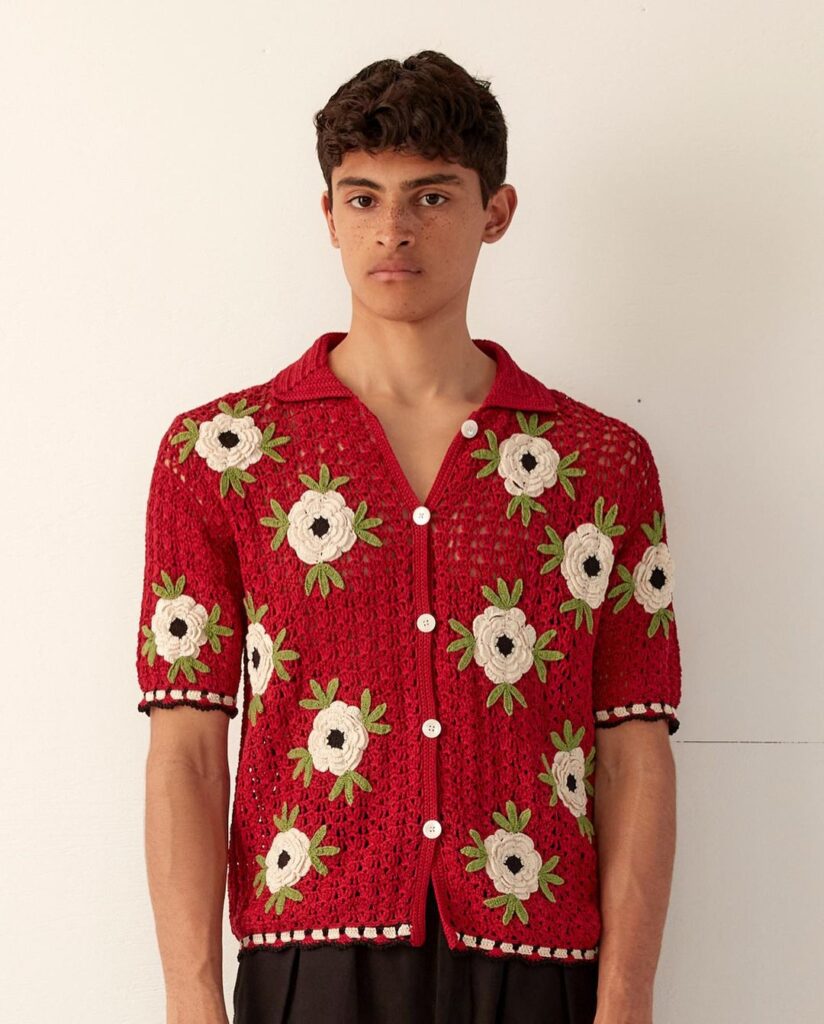
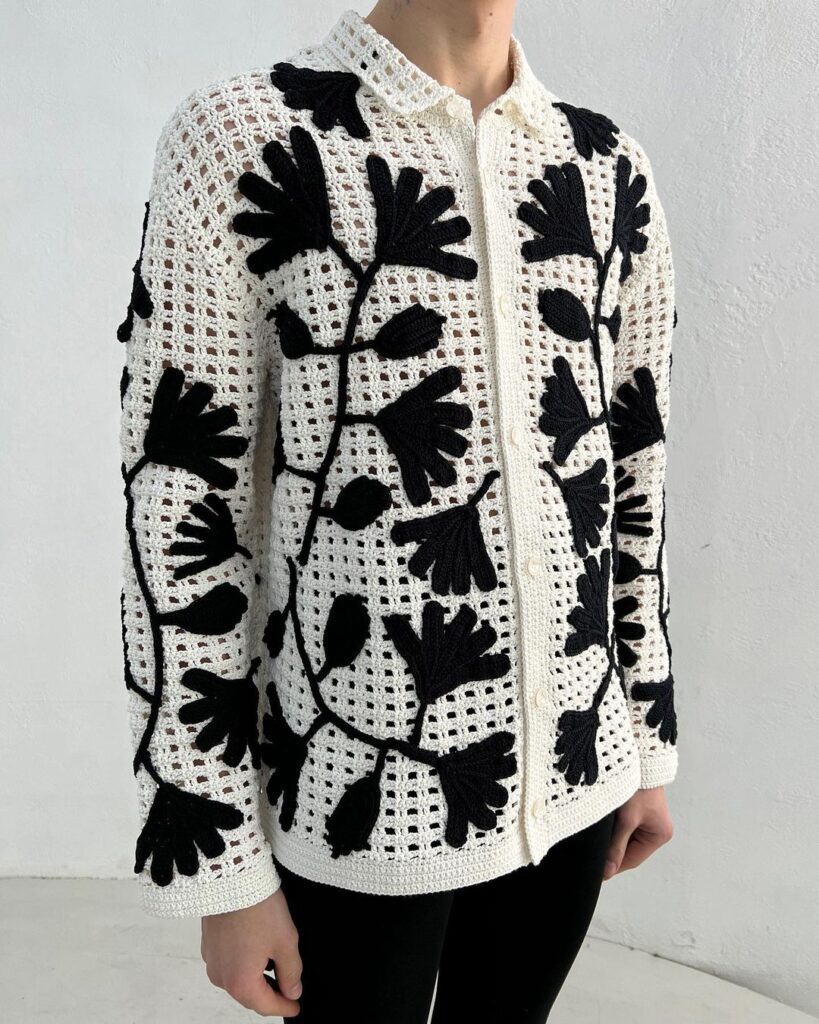
Reactive Prints
This is one of the new trends that brands and creators are exploring changing states, adding color or pattern to simple designs. For example, there are already UV-reactive, heat-reactive, cyanotype (which is like the negative effect in photographs), and sun-resistant dyes and inks.
Although this fashion has not yet become completely widespread, I believe it has offered us a glimpse into the fashion industry’s future. Will this be able to stay away from harmful dyes and contaminants in the water?
It is true that perhaps the machinery to make these prints and patterns may be more expensive, but perhaps in the long term, it will bring us greater benefits, since the inks used are intended to be low-impact, water-based, PVC-free. and with OEKO-TEX certifications.
Likewise, innovators like German designer Anne Marie Sust create prints of microalgae that dissolve in light, among many other ways to print, dye, and decorate our garments.
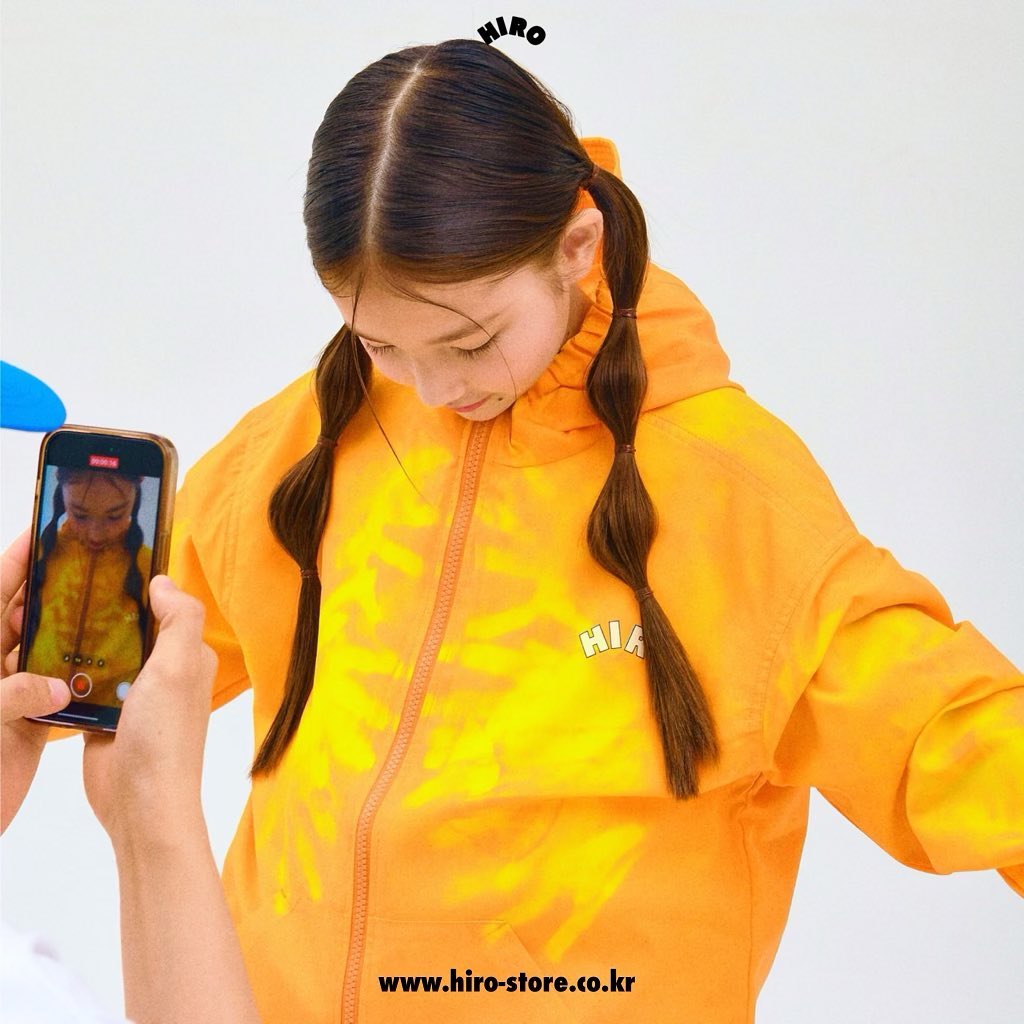
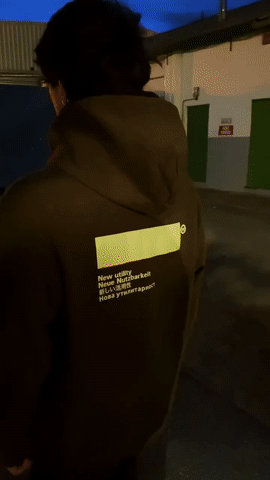
Circularity, as you can see, is gaining traction in the fashion industry and printing techniques, patterns, and details. Circularity in these processes must be an impulse for us; this is fashion! We don’t need new, inaccessible garments or the latest trend, but we can reuse all the surpluses, convert fabric scraps into textile applications, knit applications, and crochet garments, create multiple styles, and spend less money. Applying all of this to our wardrobes and reusing clothing is also a way to promote circularity and sustainability among our family and friends.
Furthermore, applying these techniques provides long-term value, which is important for us as consumers, after all, who doesn’t like to give a personalized touch to their clothing?
And don’t forget about the unique, interactive, and personalized experiences that new technologies provide. They may be developed on a modest scale for the moment, but there is no doubt that much of this will function in the future as a method to prioritize personalization, circularity, and low environmental impact.
The different types of prints and details are a way to add more color and design to our garments. By printing, modifying, and reusing fabric, art is combined with technology and textile innovation, the limit is only set by the imagination.



Leave a Reply